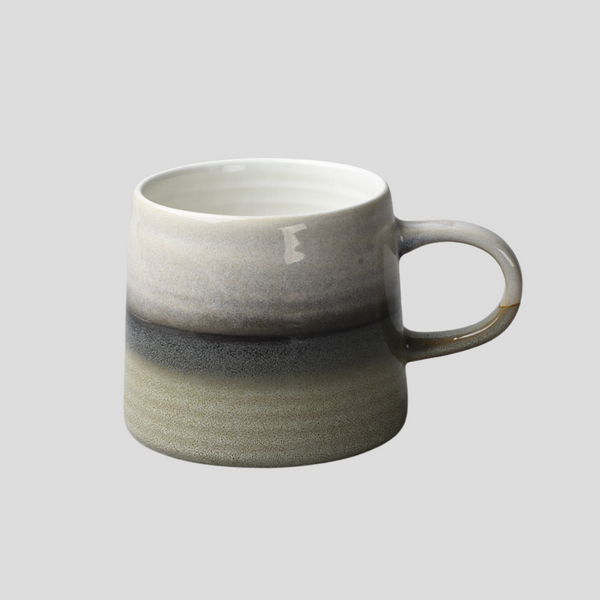
Beginner's Guide to Pottery Firing Techniques
Pottery firing is a critical process in the creation of ceramic art and utilitarian objects. This transformative procedure turns soft, formable clay bodies into solid, durable items through the application of heat. For beginners, understanding the different pottery firing techniques is essential to achieving the desired results. This article will introduce you to the basics of pottery firing and delve into various techniques that potters use. Before diving into specific techniques, it's important to grasp the fundamental purpose and result of firing. Pottery firing is done in a kiln, a specialized oven designed to reach high temperatures. The primary aim of firing is to vitrify, or glassify, the pottery, making it strong and impermeable. Firing also affects the final appearance of the glaze and clay body, offering a range of aesthetic possibilities. Firing temperatures can vary widely, from about 600°C (1112°F) for low-fire techniques to over 1300°C (2372°F) for some high-fire practices. The first step in most ceramic processes is bisque firing, also known as biscuit or bisquit firing. This initial firing dries out and hardens the clay body, preparing it for glazing. Bisque-fired ware is porous, which makes it better able to absorb glazes. Typically, bisque firing is carried out at a lower temperature than glaze firing to ensure that the pottery remains porous. After a piece has been bisque fired and glazed, it undergoes glaze firing. The specific temperatures and durations of glaze firings vary based on the type of glaze and clay body used, but all aim to melt the glaze and bond it to the ceramic surface. This process not only beautifies the piece but also seals the clay body, making it water-resistant and sturdy. Raku is a rapid, low-temperature firing technique originating from Japan. Unlike traditional methods, raku ware is removed from the kiln while hot and subjected to post-firing reduction by placing it into containers filled with combustible materials. This sudden change induces unique, often unpredictable patterns and colors in the glaze and clay body. Raku is beloved for its dramatic, engaging process and the one-of-a-kind pieces it produces. Oxidation and reduction are atmospheres within the kiln that significantly impact the final appearance of ceramic pieces. Oxidation firing occurs in a kiln atmosphere with ample oxygen, leading to bright, vivid glaze colors. In contrast, reduction firing limits the oxygen inside the kiln, allowing metals in the clay and glazes to react and change color. This environment can create rich, deep tones and is particularly popular for certain styles of stoneware and porcelain. Pit firing is one of the oldest and most rudimentary pottery firing techniques. As the name suggests, pottery is placed in a pit, covered with combustible materials, and set alight. The resulting fire can reach sufficient temperatures to harden the clay. The unpredictable nature of the flames and the smoke patterns provide a distinctive, earthy finish to the pieces, making pit firing a favorite among those who appreciate the primitive and organic look. The choice of firing technique can profoundly affect the tactile and visual properties of ceramic works. By experimenting with different methods and temperatures, potters can achieve a wide range of finishes and effects. Whether you're drawn to the simplicity of pit firing or the controlled results of oxidation and reduction, mastering these techniques will enhance your pottery projects. Remember, practice and patience are key to discovering the vast possibilities these firing methods offer.Beginner's Guide to Pottery Firing Techniques
The Basics of Pottery Firing
Bisque Firing
Glaze Firing
Raku Firing
Oxidation and Reduction Firing
Pit Firing
Conclusion

















































